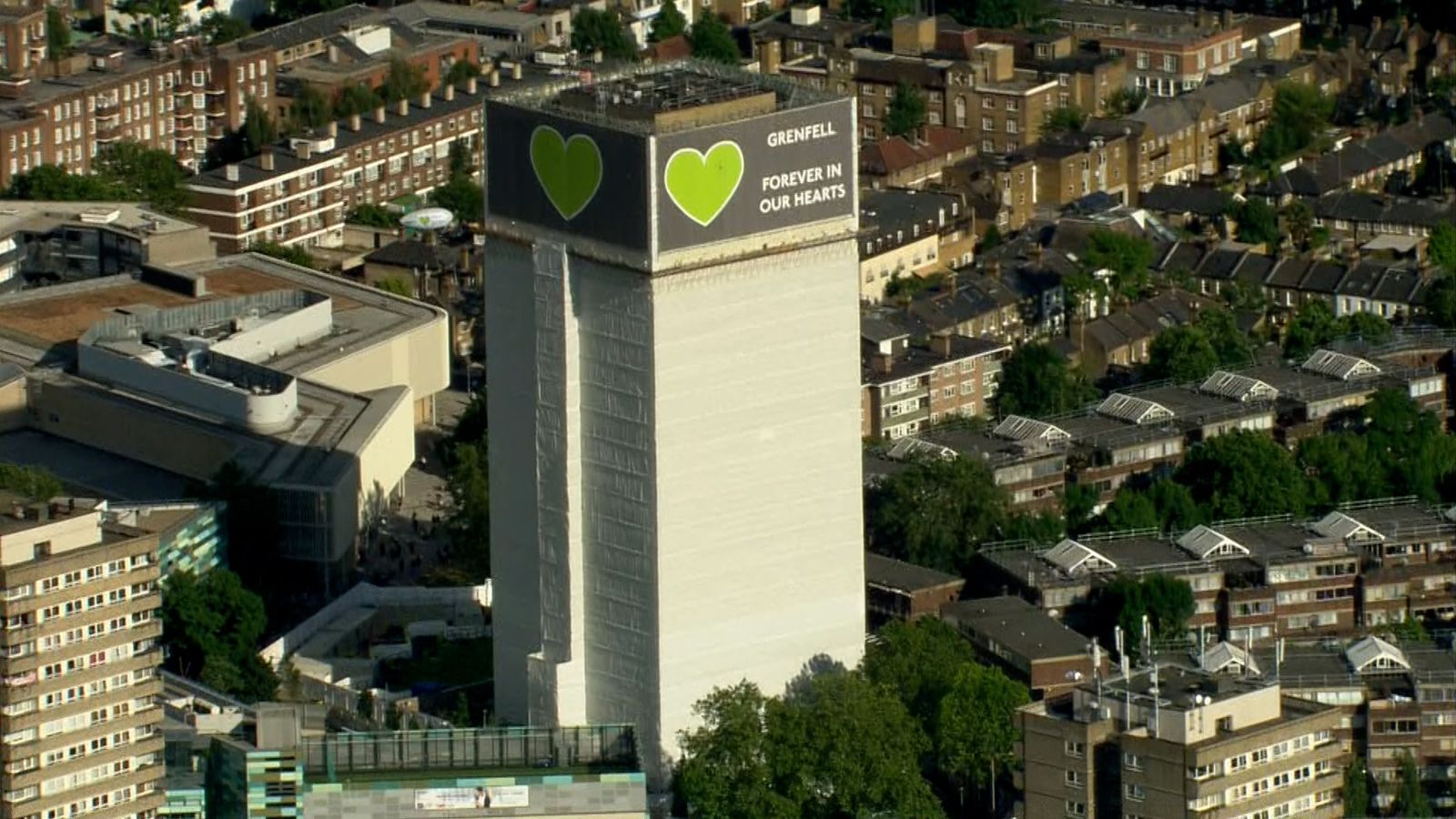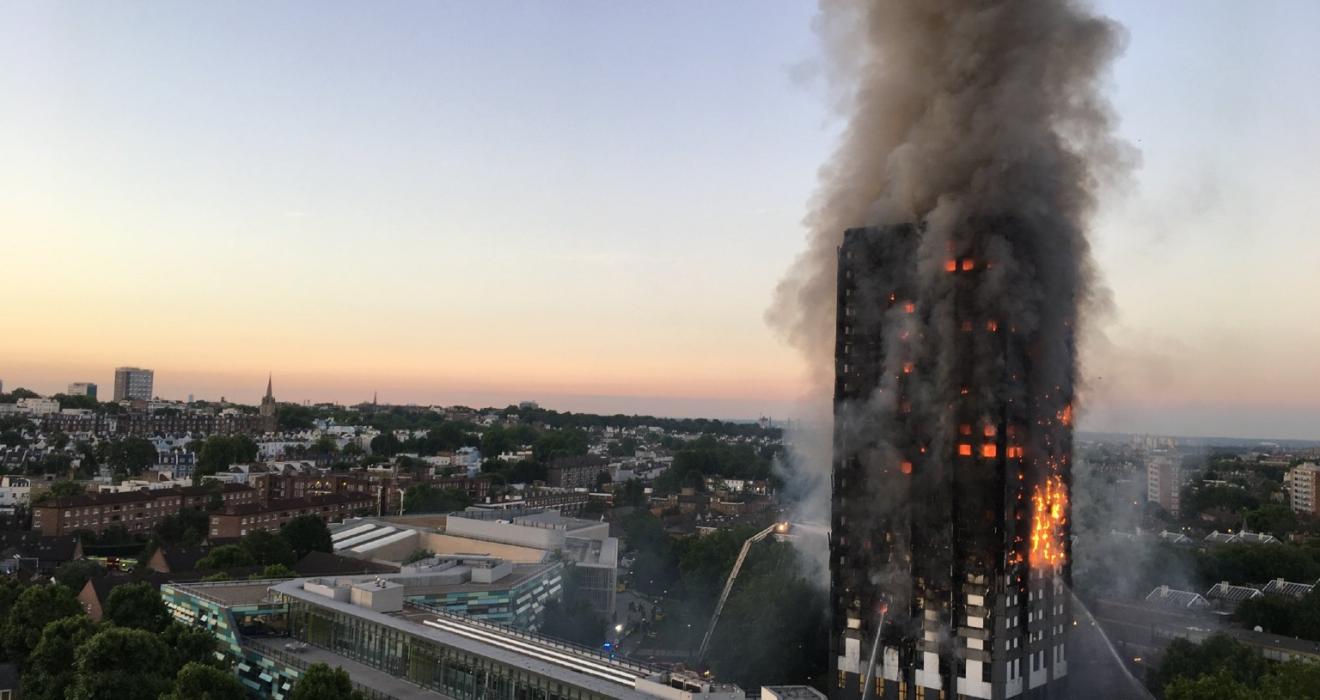A Defining Moment for UK Building Safety
On 14 June 2017, 72 people lost their lives in the Grenfell Tower fire. It was a catastrophic event that laid bare critical failings in the UK’s approach to fire safety, construction oversight, and building management. This was not an isolated accident, but a systemic failure, deeply embedded in outdated regulation, fragmented accountability, and a prevailing culture of cost-cutting.
In the years since, we have seen the most comprehensive overhaul of building safety legislation in decades. This article outlines how the Grenfell disaster has reshaped fire safety compliance, construction responsibilities, and digital information management. For professionals across the built environment, this is no longer a matter of best practice, it is a regulatory and ethical imperative.
Before Grenfell - Systemic Failures in Plain Sight
Long before the fire, cracks had already formed. Regulatory fragmentation meant that building safety was governed separately during construction (via Building Regulations) and after occupation (via the Fire Safety Order 2005). Crucial fire risk assessments could be conducted by unqualified individuals. Handover information was often missing or incomplete, leaving building owners unaware of essential safety features.
There was little meaningful enforcement. Building control sign-offs were inconsistent. Regulation 38, intended to mandate the handover of fire safety data was routinely ignored. A “race to the bottom” had taken root, in which cost-efficiency eclipsed life safety.
The Night of the Fire and Phase 1 Inquiry
A fire that began with a fridge should never have become an uncontrollable blaze. But flammable ACM cladding, failed smoke ventilation, and poor compartmentation turned Grenfell into one of the worst residential fires in modern British history.
Phase 1 of the Grenfell Tower Inquiry concluded that the cladding system did not comply with regulations and was the main driver of fire spread. The London Fire Brigade was unprepared to abandon the ‘stay put’ policy, and communication breakdowns left residents without guidance.
The inquiry issued 46 urgent recommendations, leading to the Fire Safety (England) Regulations 2022, which mandated:
- Provision of floor plans and building information to local fire services
- Routine inspection of fire lifts and emergency systems
- Clear communication of fire safety instructions to residents
Accountability and Cultural Reckoning
Phase 2 of the Inquiry shifted focus to the systemic causes behind Grenfell’s dangerous refurbishment. It uncovered widespread misconduct and institutional neglect:
- Product manufacturers had manipulated safety tests to secure approvals for flammable materials
- Designers and contractors failed to properly assess fire risks or understand relevant regulations
- Building control and local housing bodies signed off on unsafe work and ignored resident complaints
The result was 58 recommendations targeting deeper structural reform. Chief among them: mandatory certification of fire safety professionals, enhanced construction product regulation, and the creation of a robust duty holder framework. This was the basis for the Building Safety Act 2022.
The Building Safety Act: Structural Change by Law
The Building Safety Act introduces sweeping reforms focused on high-risk buildings:
- A new Building Safety Regulator (BSR) under the Health and Safety Executive (HSE) oversees compliance across the full building lifecycle
- Duty holder roles during design and construction are now legally defined, mirroring CDM Regulations
- ‘Gateway’ approval stages require projects to demonstrate fire safety compliance before progressing
- The Accountable Person for a building must now register it, maintain a safety case file, and actively manage structural and fire risks throughout occupation
These reforms are not optional. Failing to register high-rise buildings, for example, is now a criminal offence.
The Golden Thread of Information
One of the most transformative concepts to emerge is the ‘golden thread’ of digital building information. Initially proposed by Dame Judith Hackitt, the golden thread ensures that critical information about a building’s design, materials, and safety features is continuously maintained and accessible throughout its lifecycle.
Key attributes include:
- Digitally stored and secured data
- Timely updates when safety-critical changes are made
- Clear accessibility for those responsible for fire risk management and maintenance
This initiative is underpinned by ISO 19650 standards for information management, and shaped by the Level of Information Need (LOIN) framework. LOIN ensures that data is fit for purpose, neither excessive nor inadequate. Together, these initiatives create a practical foundation for safer building operation.
Remediating the Past
While future projects face stricter rules, legacy buildings must also be addressed. Thousands of residential blocks have been identified as containing unsafe cladding or inadequate fire safety measures. Government remediation funding exceeds £5 billion, but progress has been slow. As of 2024, only 30% of affected buildings had been fully remediated.
The External Wall System (EWS1) form has become central to identifying risk. PAS 79 fire risk assessments are being used to prioritise interventions. The challenge is not only financial, it is logistical, requiring coordinated input from fire engineers, façade specialists, and digital consultants.

Culture Shift: A New Standard of Professionalism
Ultimately, regulation can only go so far. Safety must become embedded in organisational culture.
For developers, it means abandoning the mindset of minimum compliance. For landlords, it means proactively investing in fire safety upgrades. For design teams, it means integrating fire safety from the outset, not as a constraint, but as a core value.
The most forward-looking organisations are using this moment to build lasting competence: investing in staff certification, implementing digital twin strategies, and engaging experienced partners to deliver fully integrated safety systems.
Conclusion: From Tragedy to a Rational System of Safety
Grenfell was not just a tragedy, it was a symptom of a wider collapse in how the industry understood and managed complexity. In its aftermath, a new architecture of responsibility has emerged, grounded in law, technology, and culture.
But legal reforms alone are insufficient. True change requires a systemic shift, from fragmented, siloed thinking to a connected, rational model of safety governance. This is where the Golden Thread becomes more than a metaphor. It’s a blueprint.
- A framework where buildings are not just designed to code, but to endure scrutiny.
- Where data isn't lost in handovers, but structured, standardised, and leveraged throughout a building's life.
- Where every actor, from manufacturer to fire engineer, housing provider to regulator, understands their place in a shared web of risk ownership.
At Parametrix, we help clients build and maintain this golden thread, from PAS 79-aligned fire risk methodologies to ISO 19650-compliant digital twins. We believe the future of building safety lies in information systems that are not only comprehensive but understood by everyone.
Because what Grenfell ultimately revealed is that information chaos can kill. The Golden Thread is how we make sure it never happens again.

